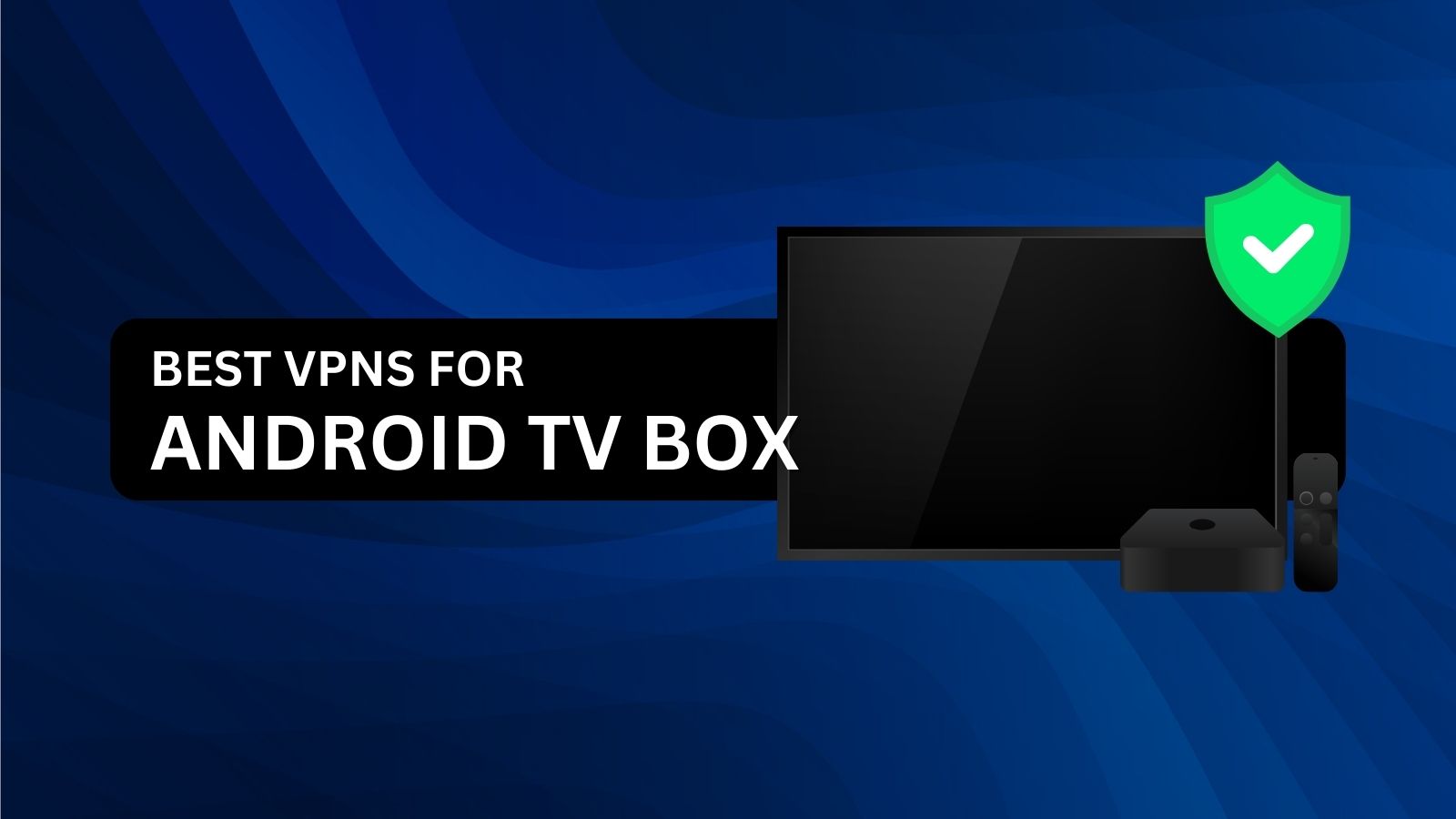How do transactions involving bitcoins get sent and received?
Discover how cryptocurrency transactions work, including sending and receiving. Get insights into the crypto transfer process.

How does the process of sending and receiving cryptocurrencies work?
Cryptocurrencies have revolutionized the way we think about money and financial transactions. These digital assets, such as Bitcoin, Ethereum, and many others, have gained widespread popularity in recent years. If you're new to the world of cryptocurrencies or simply want to understand how the process of sending and receiving them works, you're in the right place. In this comprehensive guide, we'll break down the intricate process of cryptocurrency transactions, step by step.
Cryptocurrencies have gained immense popularity over the years, but many people still wonder how the process of sending and receiving them actually works. To grasp this concept, let's start with the fundamentals.
What is Cryptocurrency?
Cryptocurrency is a digital or virtual form of currency that relies on cryptographic techniques for security. Unlike traditional currencies issued and regulated by governments, such as the US dollar or euro, cryptocurrencies operate on a decentralized and distributed ledger technology called blockchain.
At its core, cryptocurrency is a medium of exchange, just like conventional money, but it exists purely in digital form. It is not tied to any physical asset, central authority, or central bank. Instead, it utilizes a decentralized network of computers to record and verify transactions.
The most well-known cryptocurrency, Bitcoin, was created in 2009 by an anonymous entity known as Satoshi Nakamoto. Since then, thousands of other cryptocurrencies have emerged, each with its unique features and purposes. Cryptocurrencies offer advantages like increased transparency, security, and accessibility, but they also come with risks and volatility.
cryptocurrency represents a revolutionary shift in the world of finance, challenging traditional banking systems and paving the way for innovative solutions in the digital age.
The Blockchain Technology
Blockchain technology is a revolutionary and decentralized system for recording and verifying transactions across a network of computers. At its core, it's a digital ledger that stores information in a series of blocks, each containing a list of transactions. What sets blockchain apart is its security, transparency, and immutability.
Transactions on a blockchain are secure because they use complex cryptographic algorithms to ensure that once data is recorded, it cannot be altered or deleted. This tamper-proof nature makes it highly resistant to fraud and manipulation.
Moreover, blockchain operates in a decentralized manner, meaning no single entity or authority controls it. Instead, a network of nodes (computers) collaboratively maintains and validates the ledger, making it transparent and resistant to centralization.
Blockchain technology has applications beyond cryptocurrencies, including supply chain management, voting systems, healthcare records, and more. Its potential to streamline processes, enhance security, and increase trust in various industries has made it a cornerstone of innovation in the digital
Wallets
To send or receive cryptocurrencies, you need a digital wallet. These wallets come in various forms, including software, hardware, and paper wallets. They store your public and private keys, which are essential for transactions.
Public and Private Keys
Public keys are your wallet's address, which you share with others to receive cryptocurrency. Private keys, on the other hand, are secret codes that allow you to access and control your cryptocurrency holdings.
Sending Cryptocurrency
When you want to send cryptocurrency to someone, you initiate a transaction by specifying the recipient's public key and the amount you want to send. This transaction request is broadcasted to the network.
Transaction Verification
Network nodes, also known as miners, verify the transaction's authenticity by solving complex mathematical puzzles. Once verified, the transaction is added to a block.
Miners and Mining
Miners and mining play a pivotal role in the functioning of blockchain technology and cryptocurrency networks. In the context of cryptocurrencies like Bitcoin, miners are individuals or entities that dedicate their computing power and resources to validate and record transactions on the blockchain.
Mining involves solving complex cryptographic puzzles, known as proof-of-work (PoW) algorithms, to add new blocks to the blockchain. Miners compete to solve these puzzles, and the first one to succeed gets the opportunity to validate a block of transactions. In return for their efforts, miners are rewarded with newly created cryptocurrency coins and transaction fees.
This competitive and resource-intensive process not only secures the network but also ensures the integrity of the blockchain by preventing fraudulent or double-spending transactions. Miners are crucial for maintaining the decentralized nature of cryptocurrencies, as they collectively validate and confirm transactions without relying on a central authority.
Mining has become a specialized and energy-intensive industry, with miners using powerful computer rigs to increase their chances of successfully adding blocks to the blockchain. However, it remains a critical component of the cryptocurrency ecosystem, providing security and decentralization to these digital currencies.
Confirmation and Confirmation Time
Confirmation and confirmation time are essential aspects of cryptocurrency transactions, determining the level of trust and security within the blockchain network.
Confirmation refers to the process by which transactions are verified and added to the blockchain ledger. After a user initiates a cryptocurrency transaction, it is broadcast to the network, where miners work to validate it. Once a miner successfully verifies the transaction and adds it to a block, it receives a confirmation.
The number of confirmations a transaction requires depends on the cryptocurrency and network protocol. Generally, more confirmations indicate a higher level of security. For example, Bitcoin transactions may require several confirmations to be considered final and irreversible, while some smaller cryptocurrencies may need fewer.
Confirmation time is the duration it takes for these confirmations to occur. It varies based on network activity, the cryptocurrency's block time, and the transaction fee paid. In times of high network congestion, confirmation times can be longer, potentially leading to delays in completing transactions.
Traders and users often consider confirmation and confirmation time when evaluating the reliability and security of cryptocurrency transactions. Higher confirmation levels provide greater confidence that a transaction is legitimate and irreversible, enhancing the trustworthiness of the blockchain network.
Receiving Cryptocurrency
Receiving cryptocurrency is as simple as sharing your public key with the sender. Once they initiate the transaction, it will appear in your wallet.
Security Measures
Securing your digital wallet and private keys is vital to protect your cryptocurrencies from theft or hacking. Consider using strong passwords and hardware wallets for added security.
Transaction Fees
Most cryptocurrency transactions incur fees, which are paid to miners for processing and verifying transactions. These fees vary depending on network congestion and the transaction's urgency.
Cryptocurrency Exchanges
Cryptocurrency exchanges are platforms where you can buy, sell, and trade digital currencies. They offer a convenient way to convert cryptocurrencies into traditional fiat currencies or other cryptocurrencies.
Tax Implications
It's important to be aware of the tax implications of cryptocurrency transactions. In many countries, cryptocurrency transactions are subject to capital gains tax.
understanding how the process of sending and receiving cryptocurrencies works is essential if you're venturing into the world of digital assets. From the basics of blockchain technology to securing your digital wallet, these steps are crucial for a seamless and secure cryptocurrency experience.


















